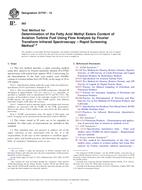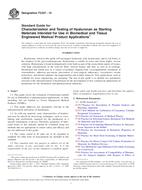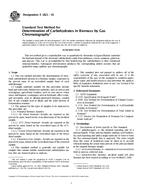1.1 This specification covers autoclaved aerated concrete (AAC), a cementitious product based on calcium silicate hydrates in which low density is attained by the inclusion of an agent resulting in macroscopic voids, and in which curing is carried out using high-pressure steam.
1.2 The raw materials used in the production of autoclaved aerated concrete are portland cement or blended cements, quartz sand, water, lime, gypsum or anhydrite, and an agent resulting in macroscopic voids. The quartz sand used as a raw material may be replaced by a siliceous fine aggregate other than sand, and usually is ground to a fine powder before use. Fly ash may be used as a sand replacement. The batched raw materials are mixed thoroughly together to form a slurry. The slurry is cast into steel molds. Due to the chemical reactions that take place within the slurry, the volume expands. After setting, and before hardening, the mass is machine cut into units of various sizes. The units then are steam-cured under pressure in autoclaves where the material is transformed into a hard calcium silicate.
1.3 The values stated in inch-pound units are to be regarded as standard. The values given in parentheses are mathematical conversions to SI units that are provided for information only and are not considered standard.
1.4 This standard does not purport to address all of the safety concerns, if any, associated with its use. It is the responsibility of the user of this standard to establish appropriate safety and health practices and determine the applicability of regulatory limitations prior to use. See Section 6, 7, and 8.
Product Details
- Published:
- 10/01/2009
- Number of Pages:
- 7
- File Size:
- 1 file , 170 KB


